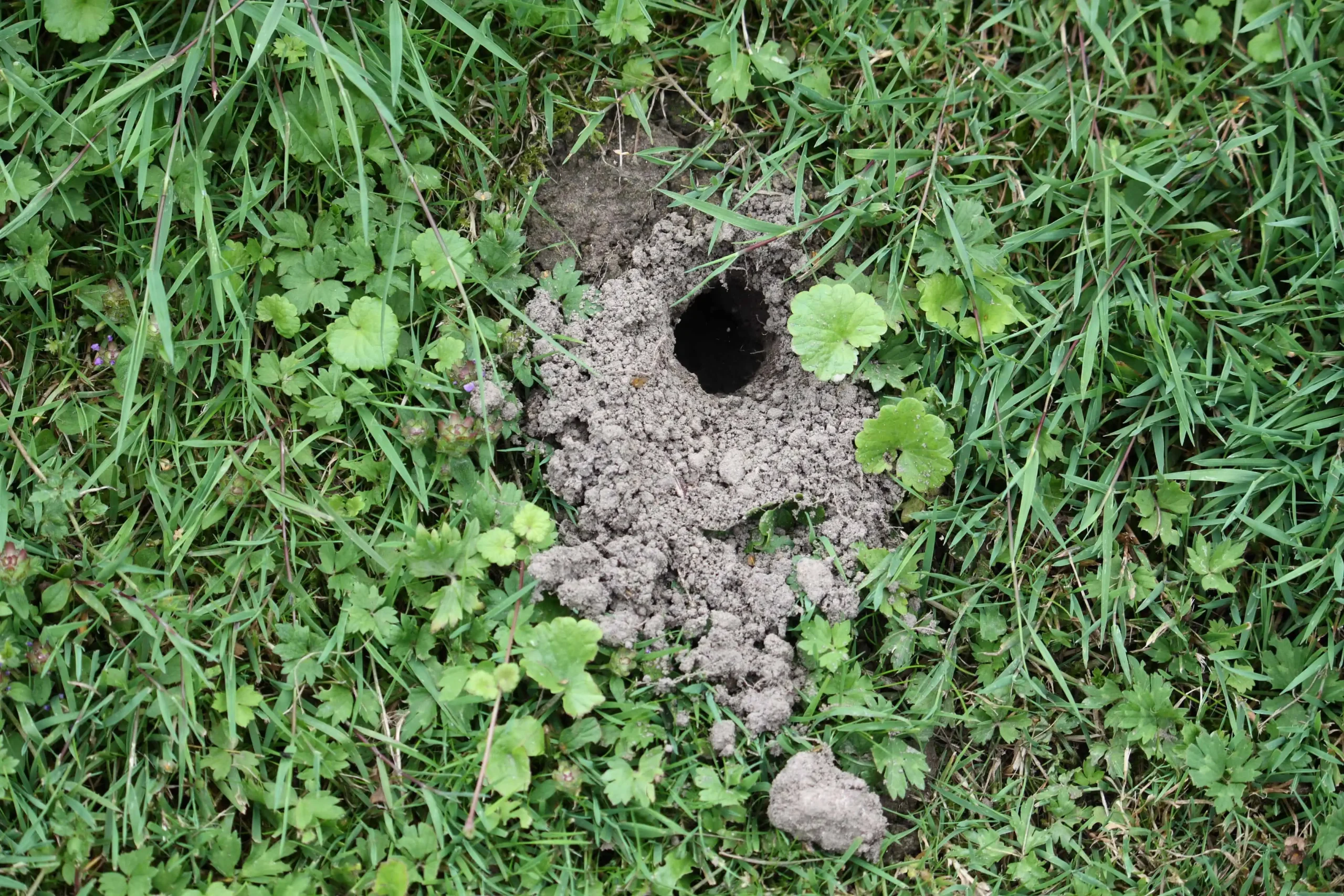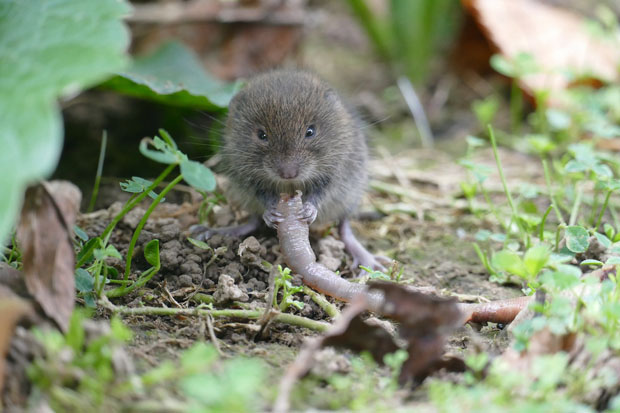Protect Your Lawn: Effective Vole Control Techniques
Protect Your Lawn: Effective Vole Control Techniques
Blog Article
Comprehensive Guide to Reliable Vole Parasite Control: Infestation Recognition and Treatment Methods
In the realm of effective pest control, vole problems position an unique challenge that demands a critical method. By discovering the nuances of vole actions, comprehending key indications of problem, and evaluating a variety of control choices, one can create an extensive approach to combat these elusive bugs.
Understanding Vole Habits
Vole actions is identified by their tunneling practices and rapid recreation rates, making them a tough parasite to manage efficiently. Their rapid reproductive price additional complicates control efforts, with females qualified of generating multiple clutters in a solitary year, each consisting of numerous children.
Voles are most energetic throughout the very early morning and night hours, investing the majority of their time foraging for food. Their burrowing habits not just interrupt gardens and yards yet additionally make them testing to find and get rid of. Comprehending vole actions is critical for efficient parasite control methods. By identifying their burrow places, keeping an eye on feeding areas, and applying targeted control techniques, such as trapping or environment alteration, vole infestations can be taken care of effectively.
Indications of Vole Infestation

Prevention Methods
Executing reliable prevention strategies is crucial in reducing vole problems and safeguarding plants from their destructive feeding habits (vole lawn damage). To stop vole invasions, it is necessary to start by getting rid of prospective food resources and shelter. Keep lawn and plant life trimmed short, eliminate weeds and particles, and maintain a tidy garden or yard to make the location much less eye-catching to voles. Mounting barriers such as hardware cloth or underground fence can likewise aid discourage voles from going into certain locations. Additionally, minimizing excess dampness by fixing dripping pipes and making sure appropriate water drainage can make the atmosphere less friendly for voles.
On a regular basis inspecting the property for indicators of vole activity, such as runways and delve openings, is essential for very early detection and prompt action. If vole task is suspected, take into consideration making use of catches or repellents strategically put near their paths.
Non-Lethal Control Methods
To effectively manage vole populations anonymous while prioritizing gentle methods, non-lethal control techniques use sensible solutions for reducing vole damages in landscapes and yards. These barriers can be hidden at the very least 12 inches curved and deep at a 90-degree angle to avoid voles from burrowing below.

Lethal Control Options
One reliable method for resolving vole invasions in landscapes and yards entails the critical usage of deadly control choices. When encountered with an extreme vole problem that non-lethal approaches have actually failed to contain, implementing dangerous control measures becomes vital. On the whole, when using dangerous control options, it is vital to do so sensibly and in accordance with regional regulations to efficiently handle vole invasions.
Conclusion
Finally, efficient vole insect control calls for a thorough understanding of vole behavior, recognition of indications of infestation, application of avoidance methods, and usage of both deadly and non-lethal control approaches. By integrating these strategies, individuals can effectively handle vole populations and secure their property important source from damage. It is necessary to resolve vole invasions without delay to stop further problems and decrease the influence on the surrounding environment.
Offered the elaborate tunnel systems and quick recreation prices characteristic of voles, identifying the indications of vole problem ends up being necessary in reliable parasite control. One of the key indicators of vole presence is the presence of surface area runways or trails in turf or snow, typically regarding 1-2 inches vast, created as voles travel in between their burrows and food resources.To effectively handle vole populaces while focusing on gentle techniques, non-lethal control approaches supply practical services for minimizing vole damages in landscapes and gardens.One effective method for attending to vole problems in landscapes and gardens involves the tactical use of dangerous control alternatives. vole control utah.In final visit this page thought, reliable vole pest control calls for a detailed understanding of vole behavior, identification of indicators of invasion, application of prevention strategies, and utilization of both dangerous and non-lethal control approaches
Report this page